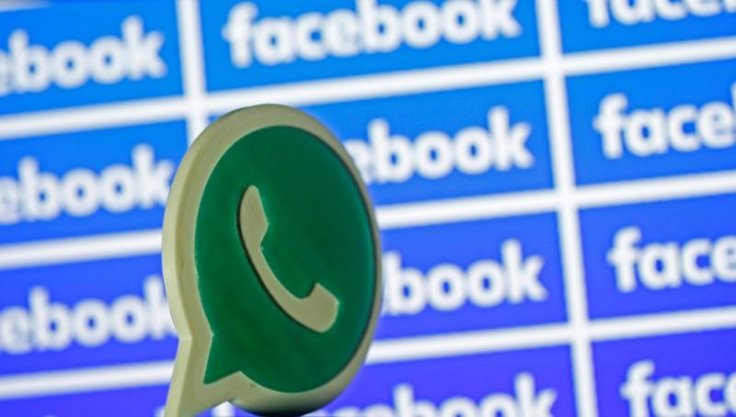
As cybersecurity experts expect 2018 to be a year filled with ransomware attacks, a recent report predicts most activities will leverage social media to execute these attacks.
Large-scale ransomware attacks on social media platforms like Facebook are likely to take place within the year according to American cybersecurity firm Carbon Black Inc. Its 2017 Threat Report released in December has come up with interesting, yet alarming findings looking at the series of attacks from WannaCry, NotPetya and Bad Rabbit in the course of the year, as well as the previous years.
Also read: Ransomware attacks could take over cyberspace in 2018, say experts
Social media being one of the biggest drivers of cyber threats in 2018, the company takes note of the role of Facebook, Twitter, Instagram and the likes in spreading malicious software demanding payoffs, either intentionally or unintentionally, through "enticing links". Methods done previously on Facebook by ransomware like Koobface and Popcorn Time may recur but on a large scale this time.
"Maliciously shared content on sites such as Facebook could lead victims to click enticing links," states Carbon Black's report. "Intentionally shared ransomware... where victims could share to reduce or eliminate their ransom, could see larger-scale use."
Also read: Singaporeans war of cyber threats but inertia still dominates many, says survey
Computer systems running on Linux are believed to be the major targets in these attacks. Companies in industries such as healthcare, legal and accountancy are warned as "there is already a ransomware that targets databases, preying on businesses". Small changes to their code can put critical, proprietary files such as AutoCAD designs in great danger.
Carbon Black stresses in the report that there will be ransomware samples that will exfiltrate data before encryption, making it harder for victims to restore them as they are put on sale on the black market.
Esteemed magazine Technology Review earlier warned smaller business owners in the cloud computing industry and those who run consumer services like email and photo libraries are more vulnerable to ransomware attacks.









